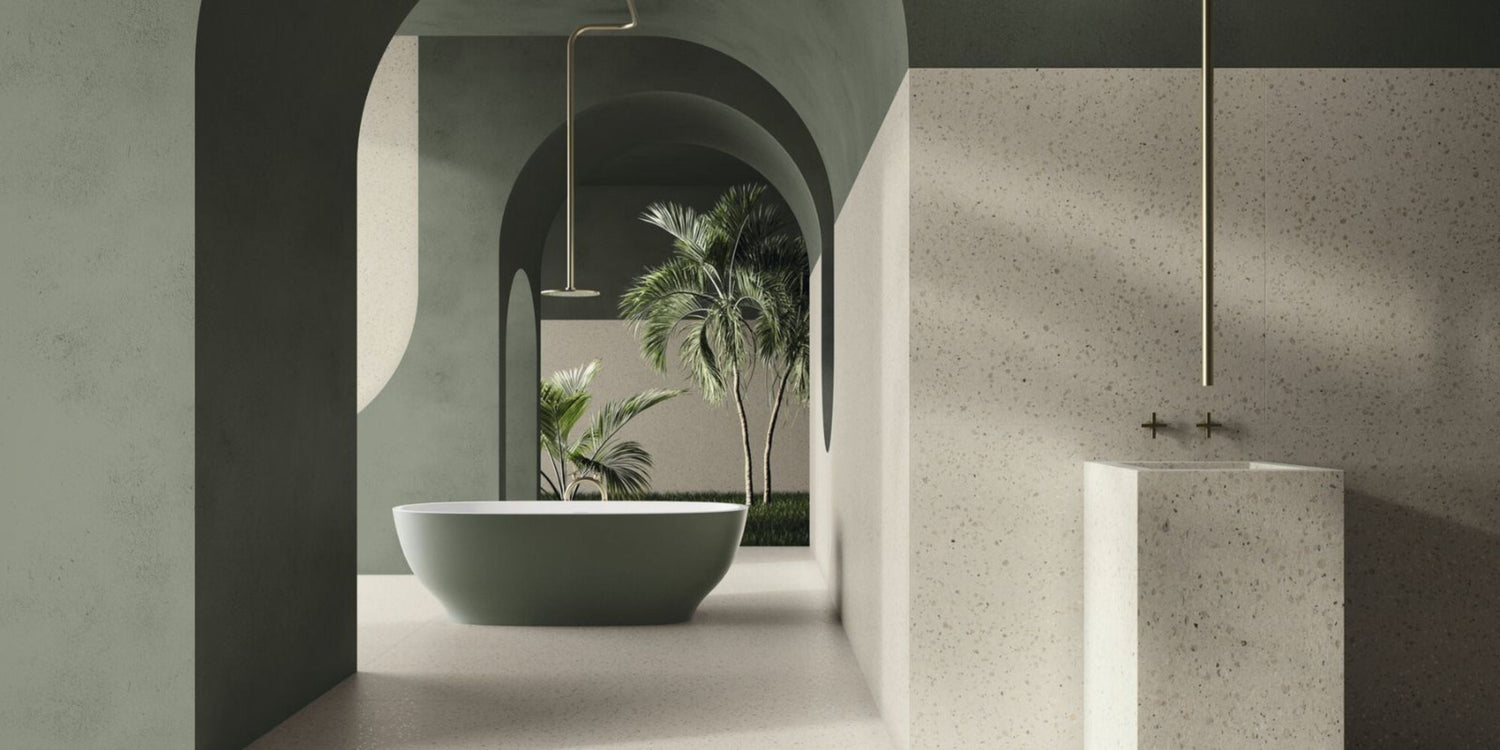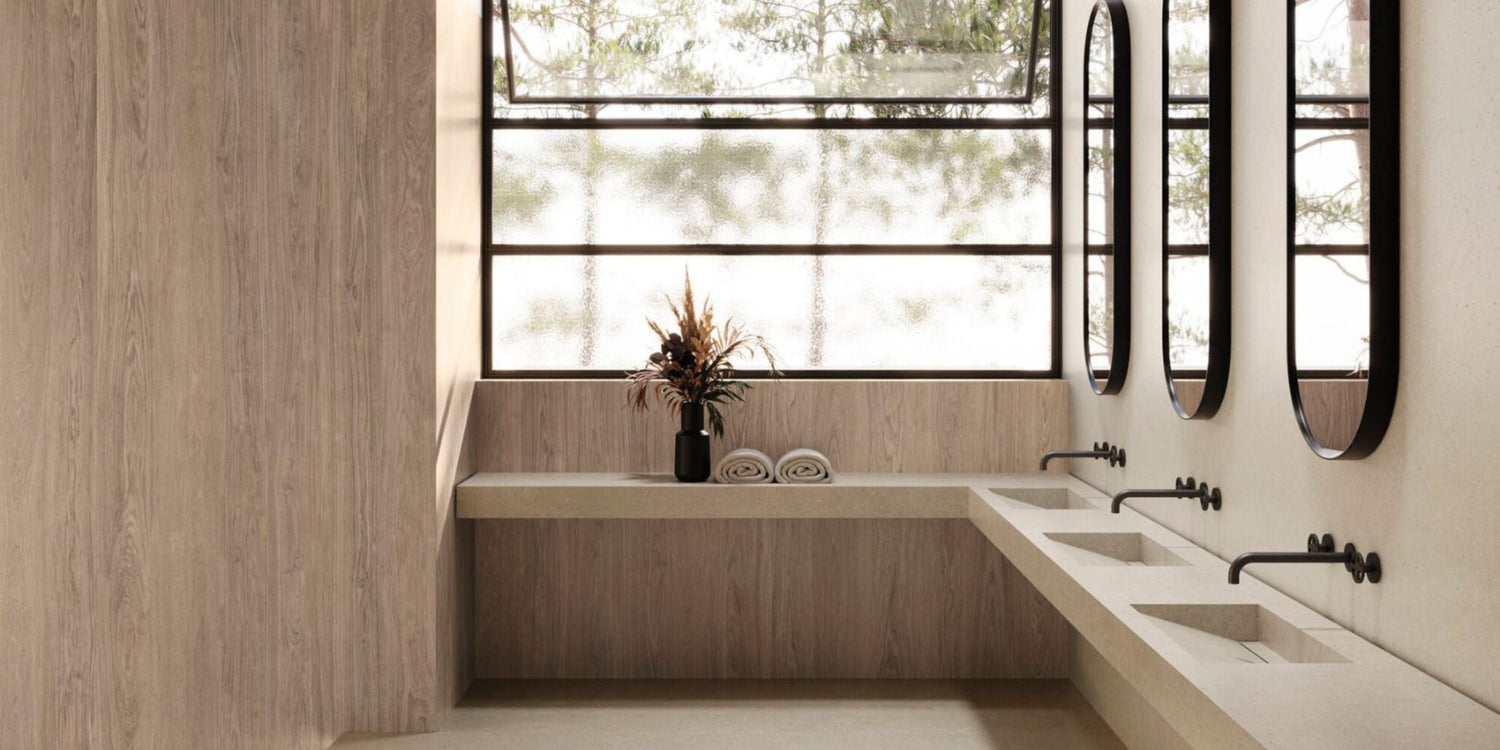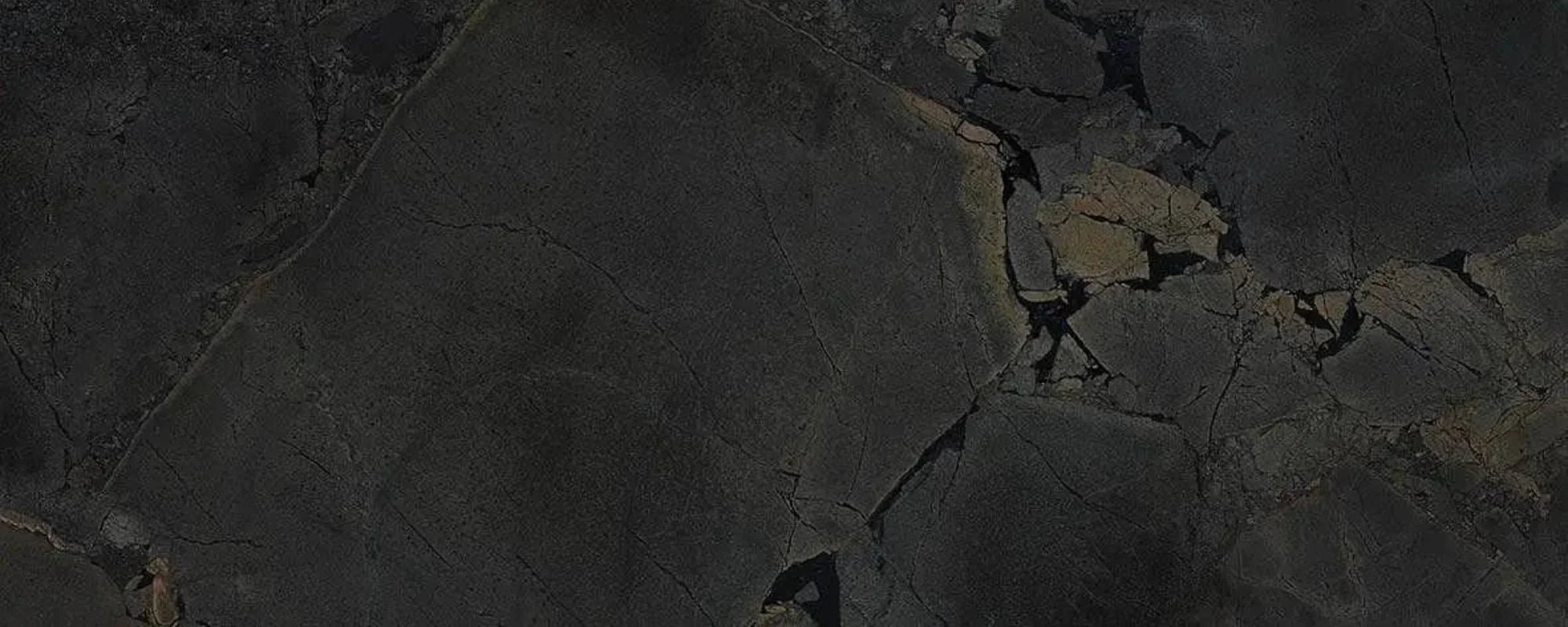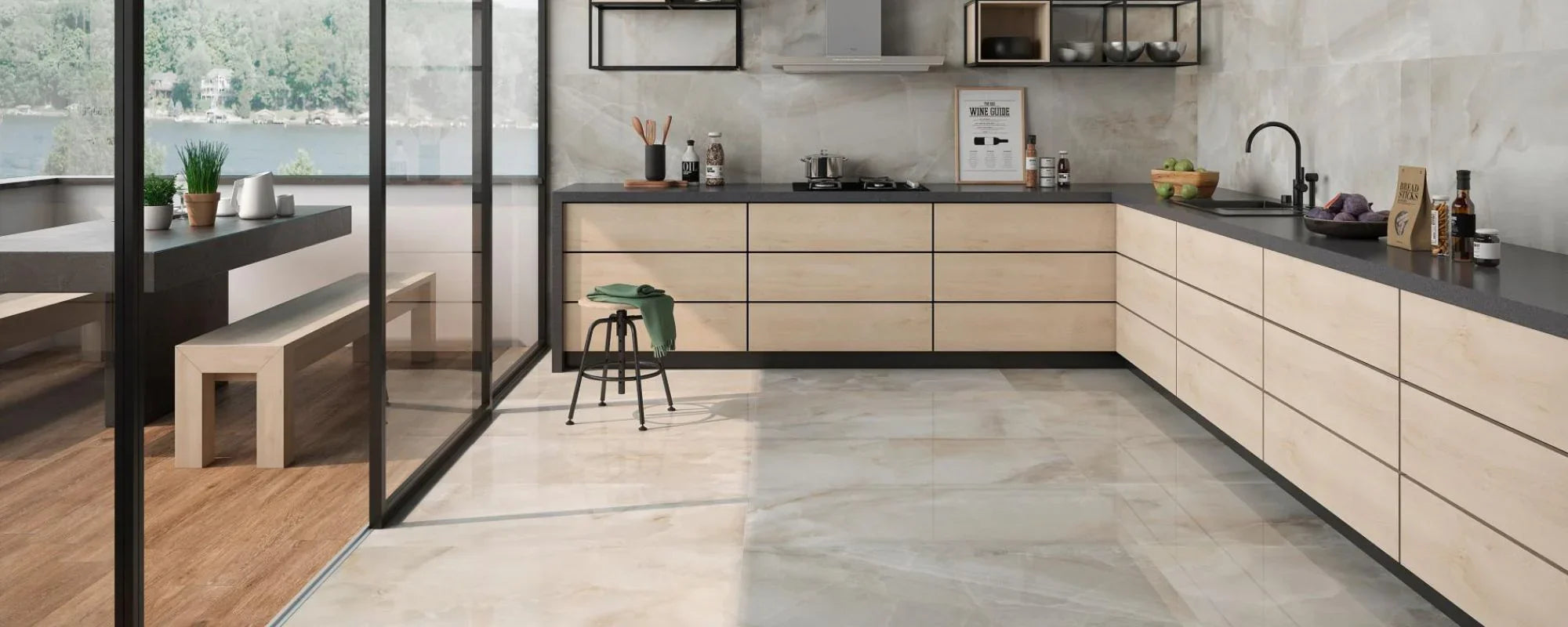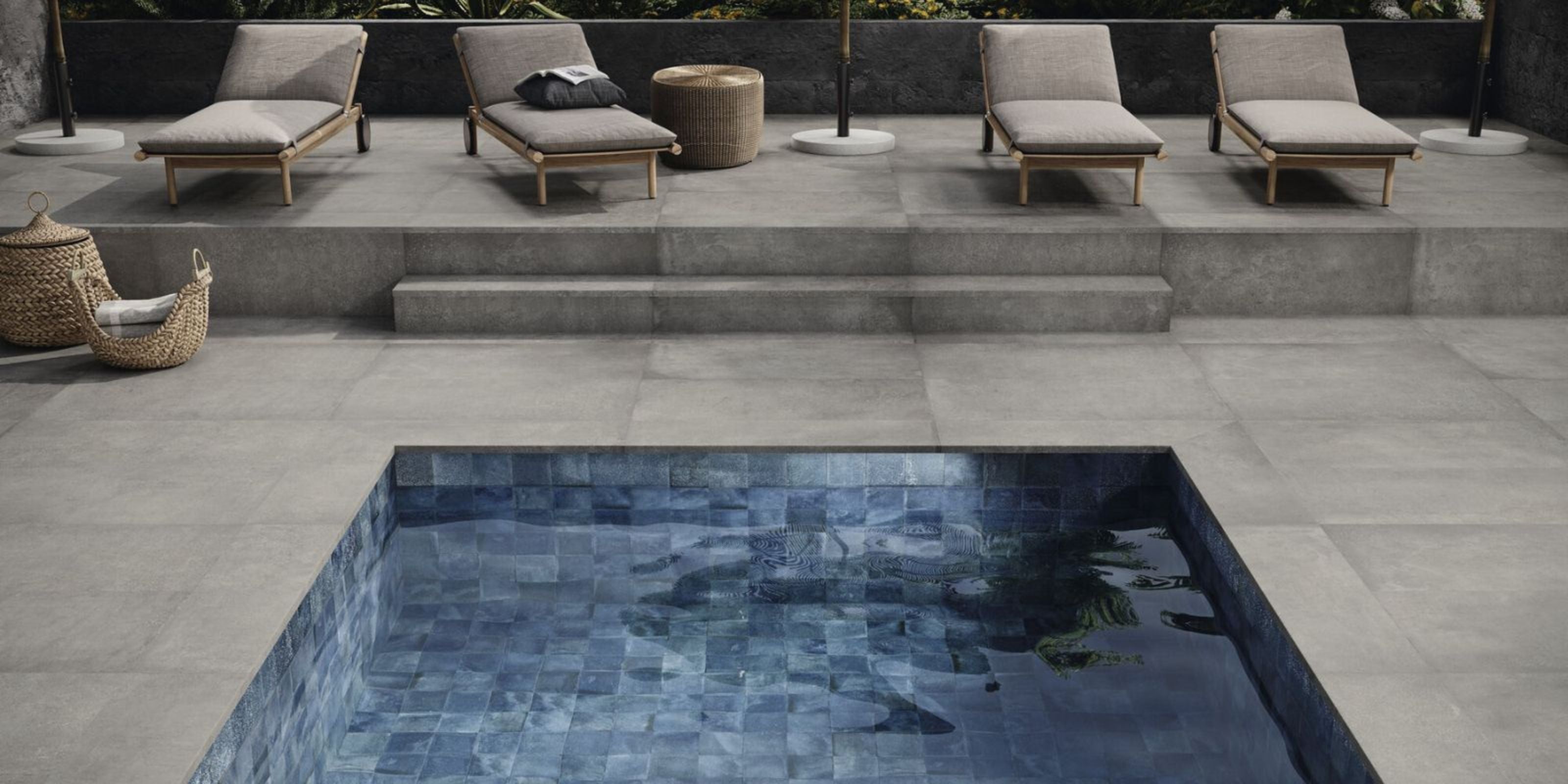
Installing Tiles in Cold Weather
Written by: Halima Bapu
Cold weather can create significant challenges for outdoor tile installation.
Cold weather can create significant challenges for outdoor tile instillation. From sub-zero temperatures to freeze-thaw cycles, winter conditions pose serious risks to both your tiles and sub-surfaces. These harsh conditions can lead to moisture infiltration, cracking, and weakened bonds if not properly managed, thereby extending the installation time . However, with the right preparation, materials, and techniques, cold weather tile installation can be both safe and long-lasting. To ensure success, it is essential to properly prepare the workspace and materials for cold weather tile installation, including storing products at recommended temperatures and using heating methods if necessary. It is crucial to carefully assess ambient temperatures, substrate conditions, and select appropriate materials before you begin the tile installation process in cold weather. Successful results can only be achieved by following these steps.
In this expert guide, we explore how to install tiles correctly during the colder months, ensuring durability and professional results, even when temperatures drop. We’ll cover essential considerations such as selecting frost-resistant tiles, preparing sub-surfaces to withstand freezing conditions, choosing the right tile adhesive, and understanding the extended curing process required in cold weather tile installation.
Can You Tile Outside in Cold Weather?
Yes, But With Extra Care
Tiling outdoors in cold weather is possible but requires caution, especially when working in cold conditions. Low temperatures affect moisture levels, significantly impacting the curing time and bond strength of adhesives and mortars. These changes can cause materials to expand, contract, or crack if improperly installed. Substrates and tiles are also affected during mixing and curing, which can reduce installation quality and durability.
Cold weather slows the curing process, increasing the risk of weaker bonds and longer installation time. Freeze-thaw cycles can damage the internal structure of cementitious products, causing cracking and reduced durability if not managed properly.
With proper tile selection, sub-surface preparation, and adhesives designed for low temperature applications, you can tile confidently, even in winter. Preparing the workspace and materials beforehand, maintaining a consistent air temperature, and protecting the area from wind, rain, cold water exposure, and keeping the installation room or workspace at a suitable temperature are essential. Using a heater if needed helps maintain the required air temperature for optimal results and ensures the chemical reaction for strong bonding proceeds correctly. Without these precautions, adhesive and mortar performance can be compromised, leading to installation failures.
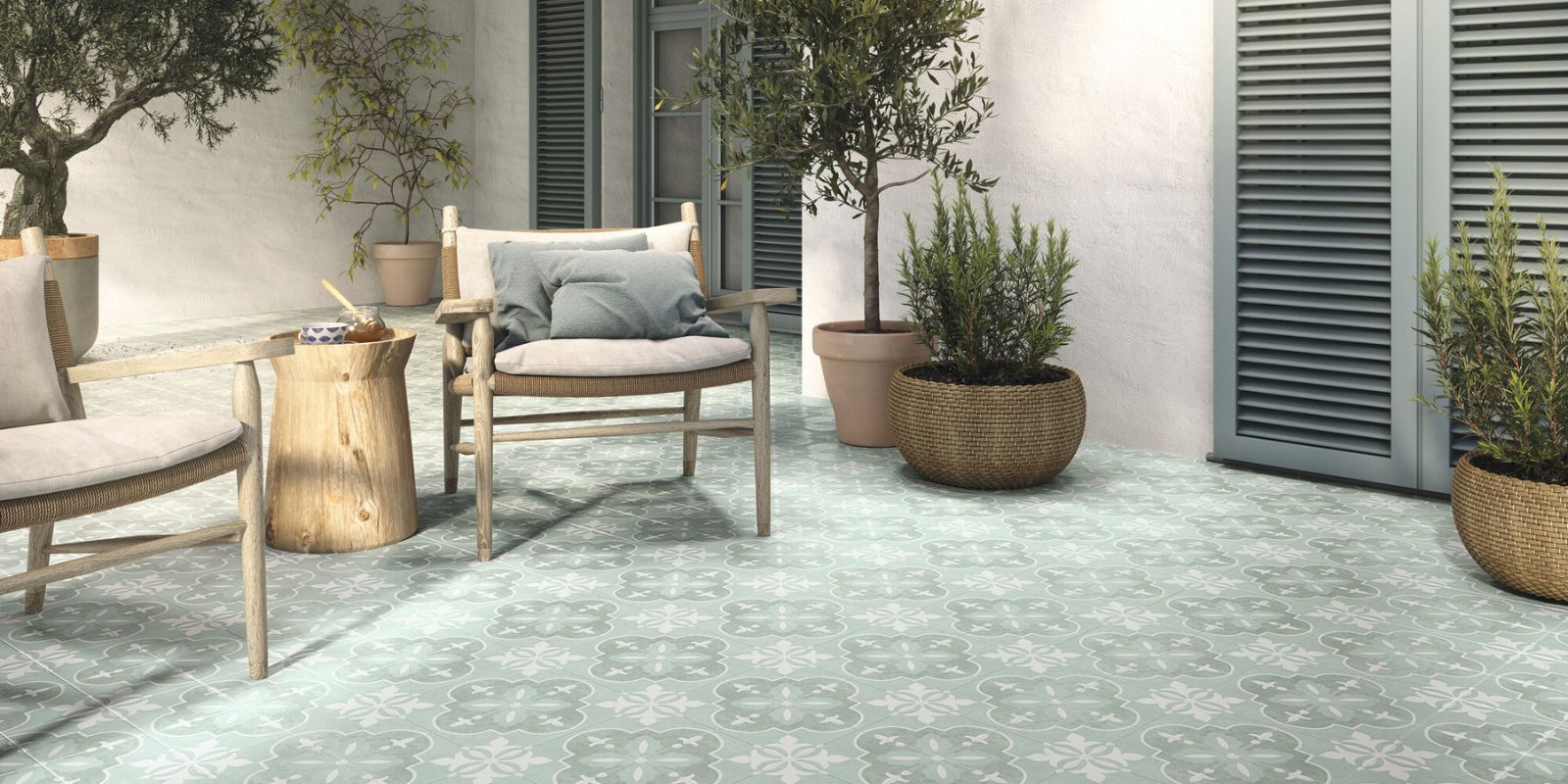
What Temperature is Safe for Tile Installation?
Ideal Temperatures for Tiling
The optimal temperature for tile installation is 10°C to 37°C. In the UK, winter averages around 7°C, below this range. Laying tiles below 5°C risks adhesive failure and weak bonds, causing tiles to loosen or crack. Most adhesives and mortars require a minimum temperature of 5°C to cure properly, so you should wait until the ambient temperature reaches at least this minimum before starting installation. It’s best to delay your project until warmer conditions or maintain a consistent ambient temperature during installation and curing. Use adhesives and mortars designed for low temperatures, protect the work area from wind and moisture, and follow cold-weather techniques to ensure a durable installation despite winter challenges.
Choosing the Right Tiles for Winter Conditions
Focus on Frost Resistance
Tile selection is your first line of defence against winter’s harsh conditions. Not all tiles are suitable for outdoor use in cold climates. Look for tiles specifically rated as frost-resistant. As a general rule:
- Porcelain tiles are ideal due to their low porosity and high density, making them naturally frost-resistant. Their dense structure limits water absorption, which minimises the risk of damage caused by freezing and thawing cycles. This durability makes porcelain the preferred choice for outdoor tiles in cold weather, as their performance remains reliable even in colder temperatures.
- Ceramic tiles are less suitable, as they’re more porous and prone to absorbing moisture, leading to cracking when temperatures drop. If ceramic tiles are used outdoors, ensure they have a frost-resistant rating and low water absorption to reduce the risk of damage.
By industry standards, avoid any tile with a water absorption rate above 5% for external use. Choosing frost-resistant tiles not only protects your investment but also helps maintain the aesthetic and structural integrity of your tiled surface throughout the winter months. Proper tile selection is crucial to prevent costly repairs and replacements caused by freeze-thaw damage.
Explore Roccia’s Outdoor Tile Collections
At Roccia, we stock a wide range of frost-resistant outdoor tiles, including:
- Slate-effect outdoor tiles
- Stone-effect outdoor tiles
- Marble-effect tiles
- Concrete-effect tiles
- Wood-effect tiles
- Extra-large outdoor tiles
Each is designed to perform in challenging UK weather, without compromising on style.

Preparing Sub-Surfaces for Winter Tiling
Protect Against the Freeze-Thaw Cycle
Sub-surface preparation is critical in cold weather. Moisture trapped beneath tiles will freeze and expand, causing subfloor damage and cracked tiles. These preparation steps, including proper mixing, must be carried out even when working in challenging winter conditions. Prevent this by:
- Installing waterproofing membranes to prevent moisture infiltration, which is essential to keep water from seeping into the substrate and freezing.
- Using crack isolation membranes to absorb substrate movement and stop cracks from transferring to your tile surface, helping to maintain the integrity of the tile installation despite temperature fluctuations.
These membranes help accommodate the natural expansion and contraction caused by freeze-thaw cycles, significantly reducing the risk of tile and substrate damage.
You can source these membranes, which can be easily mix with appropriate materials, from most reputable DIY suppliers, making them an accessible and effective solution for winter tiling projects.
Choosing the Right Adhesives and Mortars
Opt for Polymer-Modified Thin-Set Mortars
Your adhesive must withstand both low temperatures and structural movement. Polymer-modified thin-set mortars offer enhanced flexibility and bond strength, making them ideal for cold-weather installations. They adapt to substrate shifts caused by moisture and temperature fluctuations without compromising tile adhesion.
In cases of extreme cold, additional measures such as heated enclosures or rapid-setting products may be necessary to ensure proper curing and adhesion.
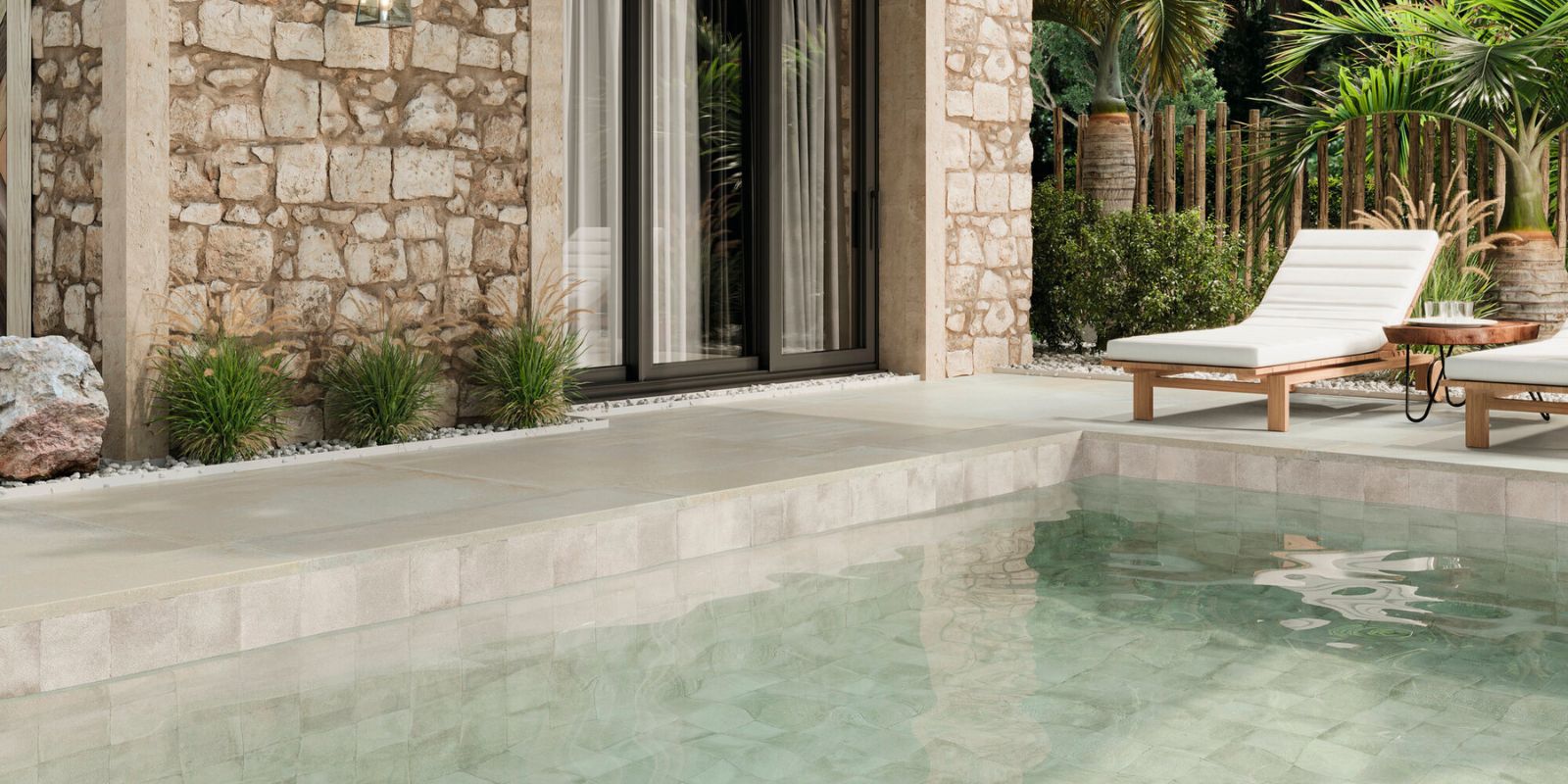
Cementitious Products: What You Need to Know
Cementitious products, such as mortars and grouts, are fundamental to any tile installation, providing the necessary bond and support for your tiles. However, these products are particularly susceptible to changes in temperature. When exposed to cold weather, the performance and durability of cementitious mortars can be affected, leading to issues such as delayed setting times, reduced bond strength, and compromised overall performance. Understanding how temperature fluctuations impact these materials is essential for ensuring a successful tile installation, especially when working in colder conditions.
Selecting and Handling Cement-Based Materials in the Cold
When tiling in cold weather, it’s crucial to choose cement-based materials specifically formulated for low temperature applications. These products are designed to maintain their bond strength and performance even when temperatures drop. Proper handling is equally important: always store cementitious materials in a heated area to prevent them from becoming too cold before use, ensuring the necessary chemical reaction for optimal performance. When mixing, use warm water to help maintain the hydration process, which is vital for the curing and strength of the cement. In particularly cold or freezing conditions, consider using heated enclosures or special admixtures to prevent the mix from freezing and to ensure the curing process proceeds as intended. By taking these steps, you help maintain the integrity and performance of your tile installation, even in challenging winter weather.
Managing Curing Time in Low Temperatures
The curing process for adhesives and grouts is highly sensitive to temperature, and as temperatures drop, curing time can increase significantly. This extended curing time can delay your project and, if not managed properly, may result in a weaker bond between the tiles and substrate. To address this, always follow the manufacturer’s recommendations for temperature ranges and curing times, and select products designed for low temperature applications when working in cold weather. Maintaining a consistent temperature throughout the curing process is essential, using heaters or other warming methods can help, but be careful not to overheat the area, as this can cause uneven curing or damage to the materials. By carefully managing curing time and temperature, you can ensure that your tile installation achieves the strong, durable bond needed to withstand the challenges of winter and cold weather conditions.

Grouting and Sealing Tiles in Cold Conditions
Use Low-Absorption Grouts
For successful winter tiling, it’s essential to select grouts that can withstand cold temperatures and moisture exposure, taking into account the extended drying time.
- Polymer-modified grouts: These contain additives that lower water absorption and increase flexibility, reducing the risk of cracking and damage caused by freeze-thaw cycles. Their enhanced durability helps maintain a strong bond between tiles even in fluctuating weather conditions.
- Grouts mixed with additives instead of water: Using grout mixed with specialised additives rather than plain water results in a denser, more resilient finish. This composition improves resistance to water penetration and freeze-thaw damage, common causes of grout failure in cold weather installations, and can act as a barrier to moisture in your tiled surfaces.
In addition to grout selection, properly sealing all edges, joints, and tile surfaces is crucial. A high-quality sealant forms a protective barrier that repels moisture and prevents water from seeping beneath the tiles. This extra layer of defence helps prevent cracking and loosening caused by freezing water expanding under the tile surface.
By combining flexible, low-absorption grout with effective sealing, you significantly improve the longevity and performance of your tiled surfaces during the winter months and beyond.
Cold Weather Tiling: Key Mistakes to Avoid
Here are a few expert tips to help you avoid common mistakes when installing tiles in cold weather:
- Laying tiles below 5°C: Most adhesives and mortars don’t cure properly below 5°C, leading to weak bonds and potential tile damage. Monitor temperatures closely and delay installation if too cold. Use heaters to maintain proper curing conditions.
- Ignoring substrate movement: Freeze-thaw cycles cause substrate expansion and contraction, risking cracks in tiles and grout. Waterproofing and crack isolation membranes absorb this movement, preventing damage and extending tile life.
- Using unsuitable tiles: Tiles not rated for frost resistance absorb moisture that freezes and causes cracking. Always choose frost-resistant tiles like dense porcelain for durability in cold weather.
- Skipping curing times: Cold slows adhesive and grout curing, requiring extra drying time. Rushing this phase weakens bonds and risks failure. Allow full curing, protect the work, and use heat if needed to ensure strong adhesion.



